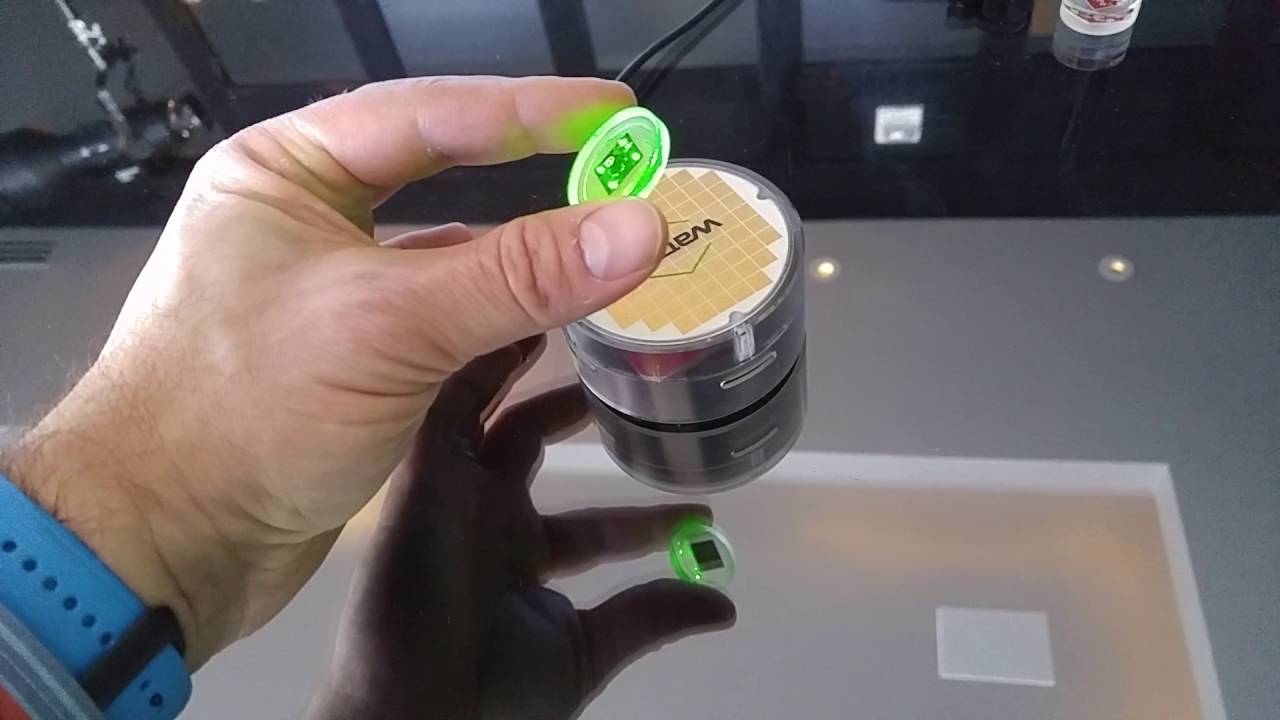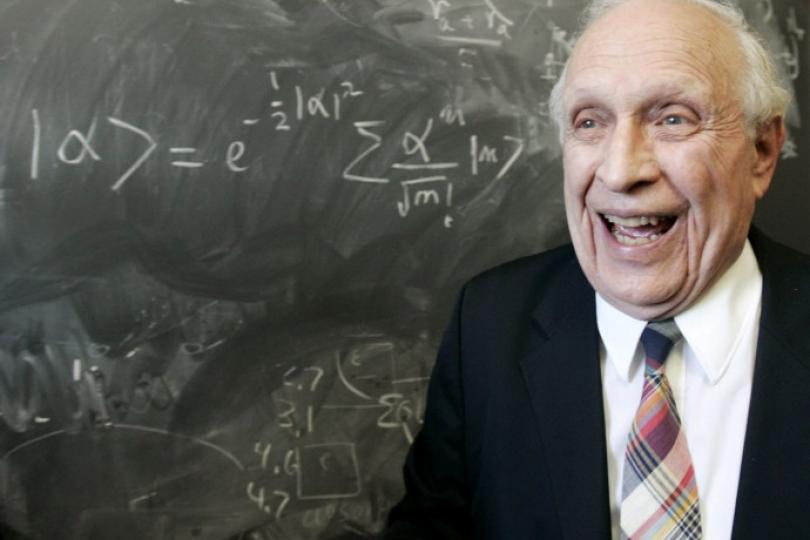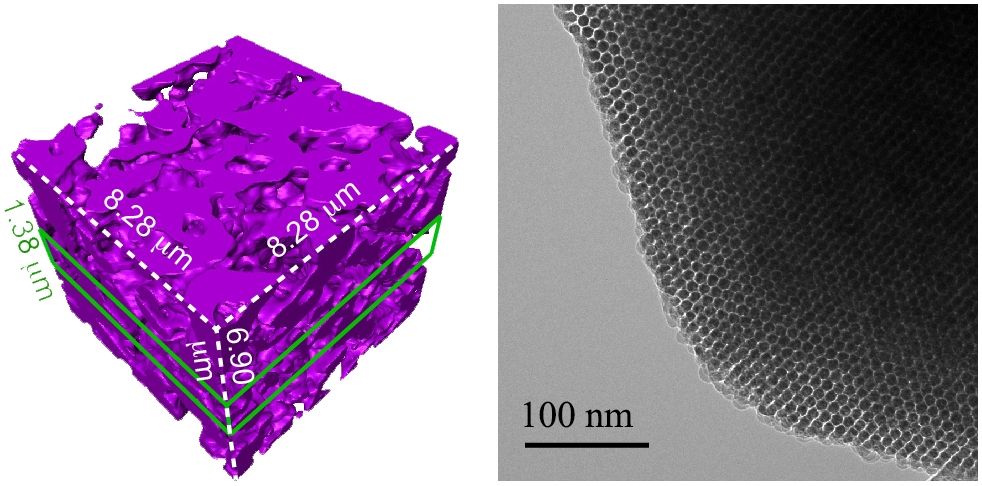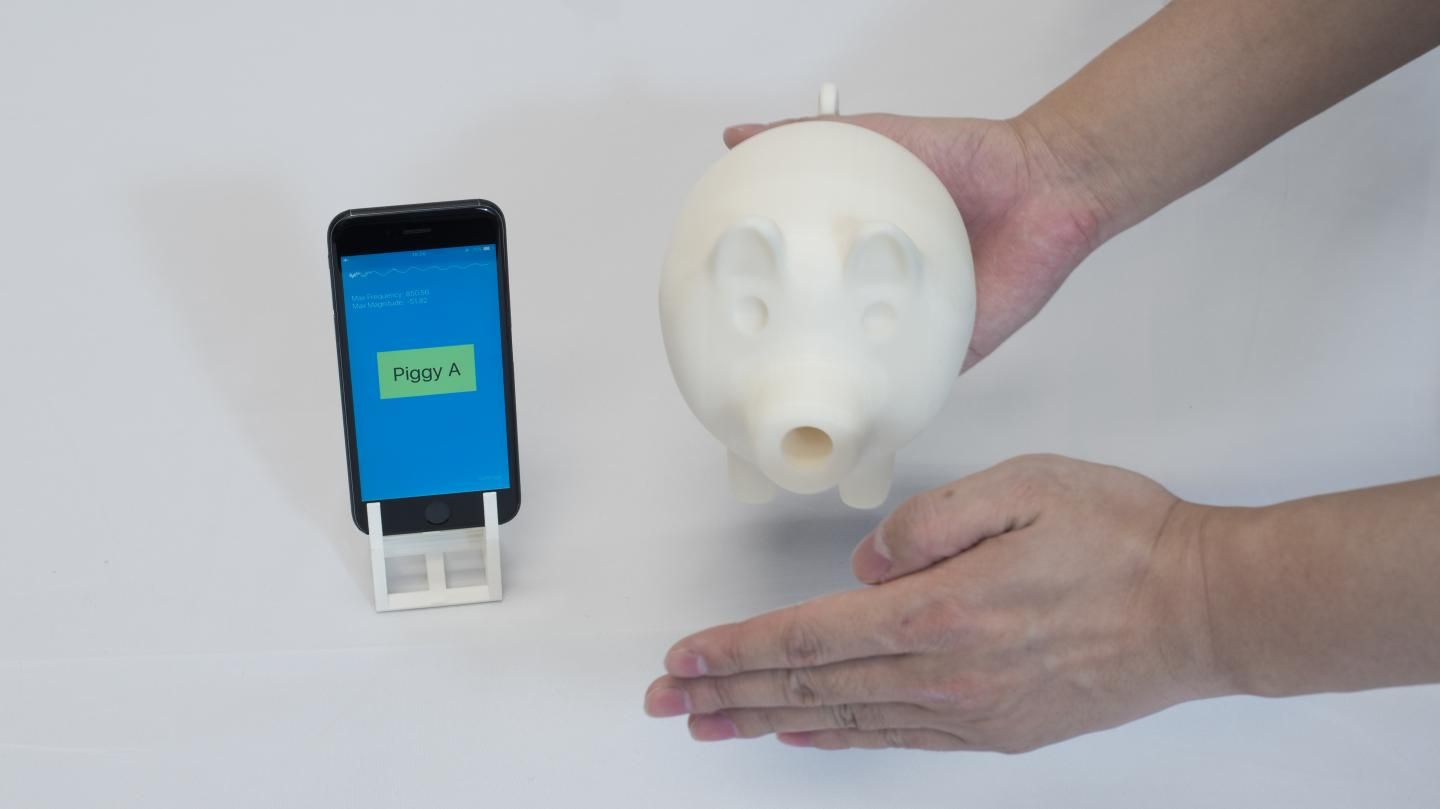Page 11026
Jul 18, 2016
You’ll Soon Be Able to Charge All Devices Wirelessly, No Matter Where You Are
Posted by Shailesh Prasad in category: futurism

Groundbreaking “Radio Frequency” technology is definitely something to get charged up about.
Jul 18, 2016
Right Now, Artificial Intelligence Is The Only Thing That Matters: Look Around You
Posted by Shailesh Prasad in categories: futurism, robotics/AI
If there’s one thing the world’s most valuable companies agree on, it’s that their future success hinges on artificial intelligence.
Google is continuing to invest heavily in deep learning at a time its head of machine learning, John Giannandrea, is calling the artificial intelligence spring (as opposed to the AI winter of earlier times). The company’s Founders’ letter this year mentions machine learning up to five times, leaving no doubt that it believes its advantages in this area will give it the edge in the coming years. In short, CEO Sundar Pichai wants to put artificial intelligence everywhere, and Google is marshaling its army of programmers into the task of remaking itself as a machine learning company from top to bottom.
[gallery2012].
Jul 18, 2016
Physicists Successfully Perform Time Travel Experiment
Posted by Shailesh Prasad in categories: physics, time travel
Scientists have conducted the world’s first successful time travel experiment, proving once and for all that time travel is possible.
Jul 18, 2016
The birth of quantum holography: Making holograms of single light particles!
Posted by Andreas Matt in categories: particle physics, quantum physics
Until quite recently, creating a hologram of a single photon was believed to be impossible due to fundamental laws of physics. However, scientists at the Faculty of Physics, University of Warsaw, have successfully applied concepts of classical holography to the world of quantum phenomena. A new measurement technique has enabled them to register the first ever hologram of a single light particle, thereby shedding new light on the foundations of quantum mechanics.
Scientists at the Faculty of Physics, University of Warsaw, have created the first ever hologram of a single light particle. The spectacular experiment, reported in the journal Nature Photonics, was conducted by Dr. Radoslaw Chrapkiewicz and Michal Jachura under the supervision of Dr. Wojciech Wasilewski and Prof. Konrad Banaszek. Their successful registering of the hologram of a single photon heralds a new era in holography: quantum holography, which promises to offer a whole new perspective on quantum phenomena.
“We performed a relatively simple experiment to measure and view something incredibly difficult to observe: the shape of wavefronts of a single photon,” says Dr. Chrapkiewicz.
Continue reading “The birth of quantum holography: Making holograms of single light particles!” »
Jul 18, 2016
A Fifth Force: Fact or Fiction?
Posted by Andreas Matt in categories: internet, physics
Science and the internet have an uneasy relationship: Science tends to move forward through a careful and tedious evaluation of data and theory, and the process can take years to complete. In contrast, the internet community generally has the attention span of Dory, the absent-minded fish of “Finding Nemo”(and now “Finding Dory”) — a meme here, a celebrity picture there — oh, look … a funny cat video.
Thus people who are interested in serious science should be extremely cautious when they read an online story that purports to be a paradigm-shifting scientific discovery. A recent example is one suggesting that a new force of nature might have been discovered. If true, that would mean that we have to rewrite the textbooks.
As a physicist, I’d like to shed a disciplined scientific light on the claim.
Jul 18, 2016
New biomaterial developed for injectable neuronal control
Posted by Roman Mednitzer in categories: biotech/medical, neuroscience
In the campy 1966 science fiction movie “Fantastic Voyage,” scientists miniaturize a submarine with themselves inside and travel through the body of a colleague to break up a potentially fatal blood clot. Right. Micro-humans aside, imagine the inflammation that metal sub would cause.
Ideally, injectable or implantable medical devices should not only be small and electrically functional, they should be soft, like the body tissues with which they interact. Scientists from two UChicago labs set out to see if they could design a material with all three of those properties.
The material they came up with, published online June 27, 2016, in Nature Materials, forms the basis of an ingenious light-activated injectable device that could eventually be used to stimulate nerve cells and manipulate the behavior of muscles and organs.
Jul 18, 2016
Fashion Technology 2016
Posted by Karen Hurst in categories: augmented reality, wearables

Maybe time to create “Fashion’s Tech Golden Rules”.
Mistakes You Cannot Make.
Jul 18, 2016
IBM Unveils New Cloud Blockchain Security Service
Posted by Karen Hurst in categories: biotech/medical, bitcoin, security
I like this article because I have for years looked at options to address the counterfeiting issues which is a extremely costly criminal industry around diamonds and artwork. As we have seen with synthetic diamonds in their use in QC and medical technology there is a lot that technology can do in addressing the counterfeiting issues as well as registration & certification space. Also, could registered & embedded serialized stones be another form of id for the consumer who wears their accessory with the stone? I believe it can be.
IBM launches a new high security blockchain service that uses hardware to protect valuable data, with provenance startup Everledger as its first customer.
Jul 18, 2016
Columbia Engineering Researchers Use Acoustic Voxels to Embed Sound with Data
Posted by Karen Hurst in categories: 3D printing, biotech/medical, engineering, information science
Columbia Engineering Professor Changxi Zheng’s new approach could lead to better tagging and coding, leveraging 3D printing of complex geometries.
New York — July 18, 2016 — Columbia Engineering researchers, working with colleagues at Disney Research and MIT, have developed a new method to control sound waves, using a computational approach to inversely design acoustic filters that can fit within an arbitrary 3D shape while achieving target sound filtering properties. Led by Computer Science Professor Changxi Zheng, the team designed acoustic voxels, small, hollow, cube-shaped chambers through which sound enters and exits, as a modular system. Like Legos, the voxels can be connected to form an infinitely adjustable, complex structure. Because of their internal chambers, they can modify the acoustic filtering property of the structure—changing their number and size or how they connect alters the acoustic result.
“In the past, people have explored computational design of specific products, like a certain type of muffler or a particular shape of trumpet,” says Zheng, whose team is presenting their paper, “Acoustic Voxels: Computational Optimization of Modular Acoustic Filters,” at SIGGRAPH 2016 on July 27. “The general approach to manipulating sound waves has been to computationally design chamber shapes. Our algorithm enables new designs of noise mufflers, hearing aids, wind instruments, and more — we can now make them in any shape we want, even a 3D-printed toy hippopotamus that sounds like a trumpet.” VIDEO: http://www.cs.columbia.edu/cg/lego/















